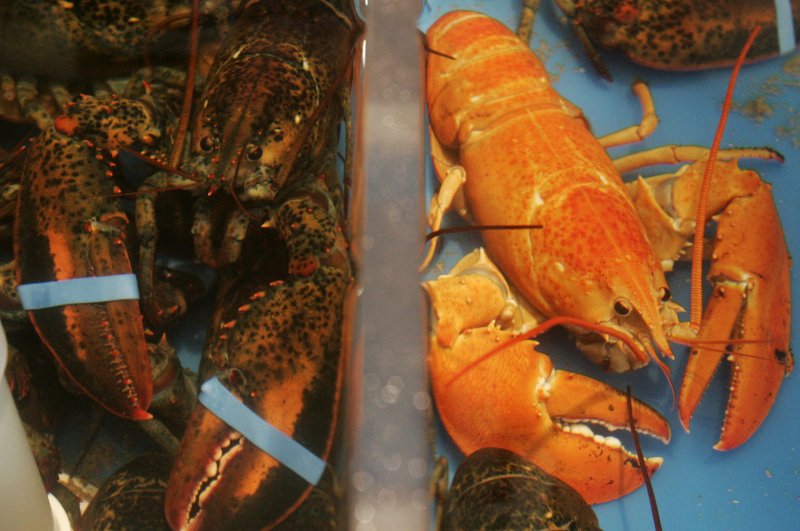HIROSHIMA, Japan, Aug. 25 (UPI) -- To better understand how lobsters safely consume jellyfish, researchers at Japan's Hiroshima University took a closer look at the shellfish's feces.
Larvae of the smooth fan lobster often ride around the ocean on jellyfish, slowly eating the gelatinous sea creatures as they're transported. Most of a lobster's digestive pathway is covered by the same protective shell that covers the outside of its body, but a portion, its "midgut," is exposed.















